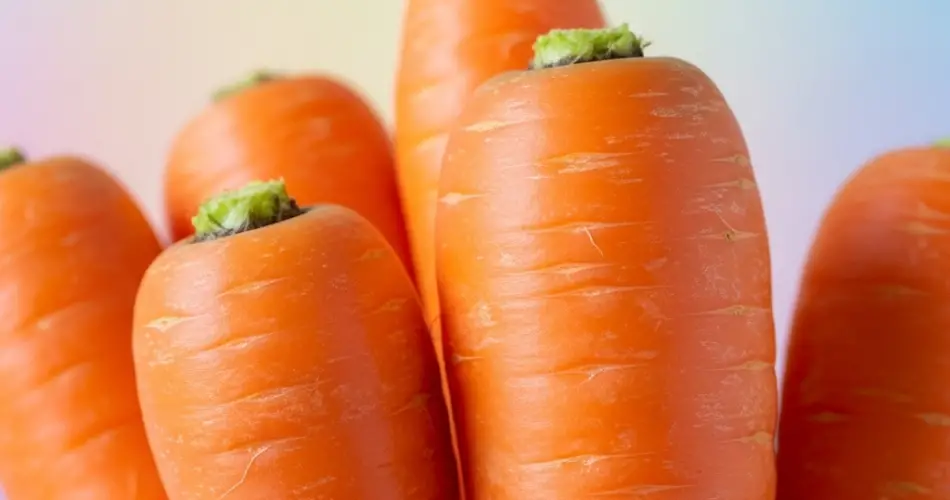Carrots are a favorite in many home gardens, not just for their sweet, crunchy roots but also for how well they pair with other crops. Companion planting—growing different plants close together to benefit each other—can improve carrot growth, repel pests, and boost overall garden productivity. Whether you’re a seasoned gardener or just starting out, understanding which plants grow well with carrots can make a big difference.
Here’s a detailed look at the best companion plants for carrots and how they help.
Why Companion Planting Matters for Carrots
Carrots grow best in loose, well-drained soil and need consistent moisture. Their long taproots can be affected by weeds, pests, and overcrowding. The right companions can:
-
Repel common pests like carrot flies and aphids
-
Improve soil structure and nutrient availability
-
Provide shade to retain moisture
-
Help break up heavy soils for easier root development
1. Onions and Other Alliums (Garlic, Leeks, Shallots)
Onions and their relatives are natural companions for carrots. They release a strong smell that confuses and repels carrot flies, one of the most destructive pests to carrots.
Benefits:
-
Deters carrot fly, aphids, and other insects
-
Doesn’t compete heavily with carrots for nutrients
How to plant: Alternate rows of carrots and onions for even protection.
2. Tomatoes
Tomatoes and carrots make a surprisingly good pair. Tomatoes provide partial shade, which helps keep the soil cool and prevents carrots from becoming bitter in hot weather.
Benefits:
-
Shade reduces soil temperature during summer
-
The tomato scent can deter some carrot pests
Tip: Be mindful not to let tomato roots crowd out carrots. Leave some space between the two.
3. Radishes
Radishes are fast-growing and can be harvested before carrots even begin to mature. Planting radishes with carrots can help mark carrot rows, break up crusty soil, and reduce early weed competition.
Benefits:
-
Loosens soil, aiding carrot germination
-
Acts as a “sacrificial crop” for pests like flea beetles
Tip: Sow radish seeds together with carrot seeds; harvest the radishes after a few weeks to make room for the carrots to grow.
4. Lettuce
Lettuce grows quickly and has shallow roots, making it a non-competitive companion for carrots. Its broad leaves provide shade that keeps the soil moist and cool, which benefits carrot development.
Benefits:
-
Retains soil moisture
-
Prevents weed growth around carrots
Tip: Harvest lettuce early to avoid crowding the growing carrots.
5. Beans and Peas
These legumes improve soil fertility by fixing nitrogen, an essential nutrient for all plants. While carrots don’t need a lot of nitrogen, moderate levels promote healthy top growth without harming root development.
Benefits:
-
Enhances soil nutrients
-
Vertical varieties can provide light shade
Note: Avoid over-fertilizing carrots with nitrogen, or they may grow lush tops and small roots.
6. Rosemary and Sage
These aromatic herbs are strong pest repellents. Their smell can help keep carrot flies, aphids, and other insects away from your crop.
Benefits:
-
Natural insect repellents
-
Doesn’t take up much space in the garden
Tip: Plant them at the ends of carrot rows or nearby beds.
7. Marigolds
Marigolds are well-known for their pest-repelling abilities. They deter nematodes, aphids, and other insects that can harm carrots.
Benefits:
-
Deters soil-borne pests
-
Adds color and attracts beneficial insects
Tip: Use French marigolds for the best pest control results.
8. Chives
Chives are another allium family member that confuses pests with their strong aroma. They are easy to grow and make a great border plant.
Benefits:
-
Deters aphids and carrot flies
-
Attracts pollinators when flowering
Tip: Trim chives regularly to encourage new growth and prevent flowering too early.
Plants to Avoid Near Carrots
While many plants grow well with carrots, some combinations should be avoided:
-
Dill and Fennel: These herbs can stunt carrot growth and attract pests.
-
Parsnips: They are prone to the same diseases and pests, increasing the risk of infestation.
-
Celery: Competes heavily for water and nutrients and can crowd carrot roots.
Additional Growing Tips for Healthy Carrots
-
Thin seedlings early to give roots room to develop.
-
Keep soil moist but not waterlogged to prevent cracking.
-
Avoid compacted soil—carrots grow best in loose, sandy soil.
-
Rotate crops yearly to prevent soil-borne diseases.
Final Thoughts
By choosing the right companion plants for your carrots, you can naturally improve their growth, flavor, and resistance to pests. Mixing carrots with alliums, leafy greens, herbs, and flowers not only supports a healthier garden but also maximizes your harvest space.
Whether you’re growing in raised beds or backyard plots, these companion planting strategies will help you get the most from your carrot crop—organically and efficiently.



